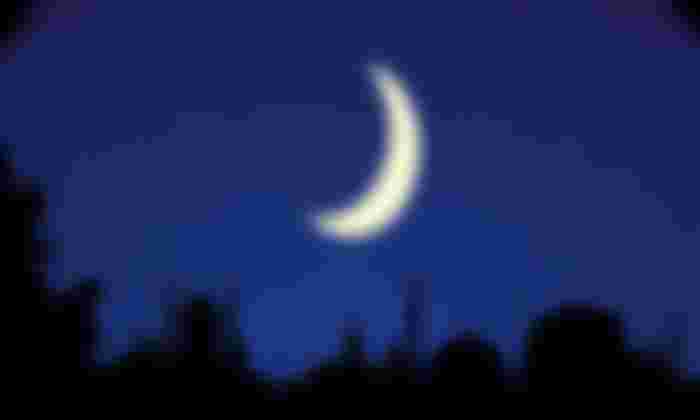Hello

Several days of Ramadan this year are 29 astronomical days
Abul-Ela Mohamed, head of the National Institute for Astronomical and Geophysical Research in Egypt, stated that the astronomical calculations made by the institute's scientists indicated that the number of Ramadan for this year is 29 days, indicating that the current crescent of Ramadan will arrive tomorrow, Wednesday, for its first quarter at 1 pm and 3 pm Minutes local time in Cairo.
In a statement to the Middle East News Agency, Abu Al-Ola said that the moon has 3 aspects that it passes through after the birth of the crescent, namely, “the first quarter in which the proportion of the illuminated part of the moon is 50%, which means that the Hijri month reaches the end of its first week, and then the moon completes a full moon in the middle of the Hijri month. , And the last quadrature, in which the full moon gradually decreases to occupy only half of it.
The head of the institute explained that the Badr month of Ramadan will be completed on Thursday, July 2, at 4 am and 20 minutes Cairo time, pointing out that the Institute’s scientists are following the moon’s faces to match them to their astronomical calculations and make sure of their validity.
He mentioned that the fasting hours will reach their peak tomorrow, Wednesday, recording 15 hours and 52 minutes with the completion of the first quarter of the month of Ramadan, which is the longest day of the current Ramadan fast, indicating that they will start to diminish from the day after tomorrow, Thursday, at a rate of one minute every day until it reaches 15 hours and 37 minutes in The last day of Ramadan, corresponding to Thursday, July 16th.
On the other hand, Dr. Ashraf Latif Tadros, head of the astronomy department at the institute, pointed out that the moon at the beginning of the Hijri month is right, meaning that the sun and the moon are on one side of the earth, so the moon rises with the sun and sets with it at about the same time, and therefore the dark side of the moon is in the direction of The earth and the shining side of it are facing the sun, so it is completely invisible.
He added that the phases of the moon are the phases that it passes through, so its visual shape changes from the crescent phase through the full moon and then ends with the appendix, as a result of its rotation around the earth in the form of an oval ellipse, and the first half of the moon is illuminated by the sun (except in cases of lunar eclipse), and thus it is bright Or bright, except that the portion of the illuminated hemisphere that is visible to the observer can change from 100% (full moon) to 0% (right).
He pointed out that when the sun’s rays fall on the surface of the moon, it lights up part of it as a result of the reflection of its rays from that part, and when the crescent is born, the position of the moon is at that moment between the earth and the sun, and its dark face is facing the earth, so for this reason it cannot be seen, but after this position for a period of time. , The so-called newborn moon then appears in the form of a thin thread if its height above the horizon is appropriate at sunset, and after several nights it moves to the east and is seen in this case in the form of a thin crescent in the western part of the sky shortly after sunset. Move it about one week until it is in the shape of a half-moon, so this phase is called the first quarter.
He continued that the moon continues to grow during its movement until it reaches the full moon phase, that is, approximately two weeks after the moment of birth, at which time the moon appears at about the same time of sunset (i.e. sets at sunrise and rises at sunset) and after its movement from this phase, its surface angle of light begins to shrink From the eastern side, this phase is called the third or last quadrature, then its light continues to diminish until it becomes a crescent again and appears shortly before sunrise at dawn, but its shape is in an opposite direction to its shape when it appears in its first days after the meridian, and so on until it fades and returns to Its first location, and after that a new Hijri crescent is born, thin and can be seen to the west at sunset, which indicates the beginning of another conjunctive lunar cycle
